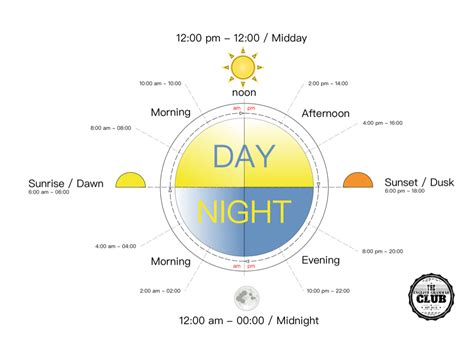From Dawn 'Til Dusk: 4 AM to 4 PM Hours Decoded
The stretch of time between 4 AM and 4 PM represents a significant portion of our day, a period often packed with activity, productivity, and personal growth. This article delves into this 12-hour window, exploring its various phases, common challenges, and strategies for maximizing its potential. Whether you're a night owl or an early bird, understanding the nuances of this timeframe can significantly impact your daily rhythm and overall well-being.
What Happens Between 4 AM and 4 PM? A Biological and Behavioral Perspective
This 12-hour period encompasses the majority of our waking hours for most individuals. From a biological standpoint, it's a time of fluctuating hormone levels, energy peaks and dips, and changing cognitive function. Behaviorally, it’s when we typically engage in work, study, exercise, social interactions, and other crucial daily activities. Understanding our body's natural rhythms during this time is key to harnessing its productivity.
The Early Morning (4 AM - 8 AM): This is often a time of peak alertness for some, while others struggle to shake off the sleep inertia. Cortisol levels are typically high, leading to increased energy and focus. This period is ideal for tasks requiring intense concentration, such as complex problem-solving or creative endeavors.
Mid-Morning (8 AM - 12 PM): As cortisol levels begin to decline, energy may naturally dip slightly. This is a great time for meetings, collaborative work, or tasks requiring less intense concentration. A balanced and nutritious breakfast is crucial to maintaining energy levels during this period.
Afternoon (12 PM - 4 PM): The post-lunch slump is a common experience, often due to a drop in blood sugar levels. Maintaining hydration and incorporating light exercise or a short walk can help combat this midday fatigue. Strategic breaks and task prioritization are vital for managing energy and productivity during this phase.
How to Optimize Your 4 AM to 4 PM Hours
Optimizing this 12-hour period involves understanding your personal chronotype (your natural sleep-wake cycle) and aligning your activities with your peak performance times.
Planning and Prioritization: Use a planner or calendar to schedule your most demanding tasks during your peak energy periods. Prioritize important tasks and break them down into smaller, manageable chunks to avoid feeling overwhelmed.
Nutrition and Hydration: Maintain consistent hydration throughout the day. Eat regular, balanced meals to avoid energy crashes. Focus on nutrient-dense foods that provide sustained energy, rather than sugary snacks that lead to quick spikes and dips in blood sugar.
Regular Breaks: Incorporate short breaks throughout your workday. These breaks can include short walks, stretching exercises, or simply stepping away from your workspace to rest your eyes and clear your mind. This prevents burnout and enhances focus.
Common Challenges & Solutions
Many people face specific challenges during the 4 AM to 4 PM timeframe.
What if I'm Not a Morning Person? If you're not a morning person, try gradually shifting your wake-up time earlier by 15-minute increments. Prioritize getting sufficient sleep the night before, and create a relaxing bedtime routine to promote better sleep quality.
How Can I Overcome the Afternoon Slump? The afternoon slump is a common issue. Combat it by staying hydrated, eating regular healthy meals, and incorporating short bursts of physical activity into your routine. Exposure to natural light can also be beneficial.
What if I Struggle with Focus and Concentration? Practice mindfulness techniques, such as meditation or deep breathing exercises, to improve focus. Minimize distractions by creating a dedicated workspace free from interruptions. Prioritize tasks, and utilize time management techniques such as the Pomodoro Technique.
Conclusion: Mastering Your Day
The 12-hour period from 4 AM to 4 PM holds immense potential for productivity and personal growth. By understanding your body's natural rhythms, optimizing your schedule, and implementing effective strategies, you can effectively harness this time to achieve your goals and live a more fulfilling life. Remember, consistency and self-awareness are key to mastering your daily rhythm and maximizing your potential.

